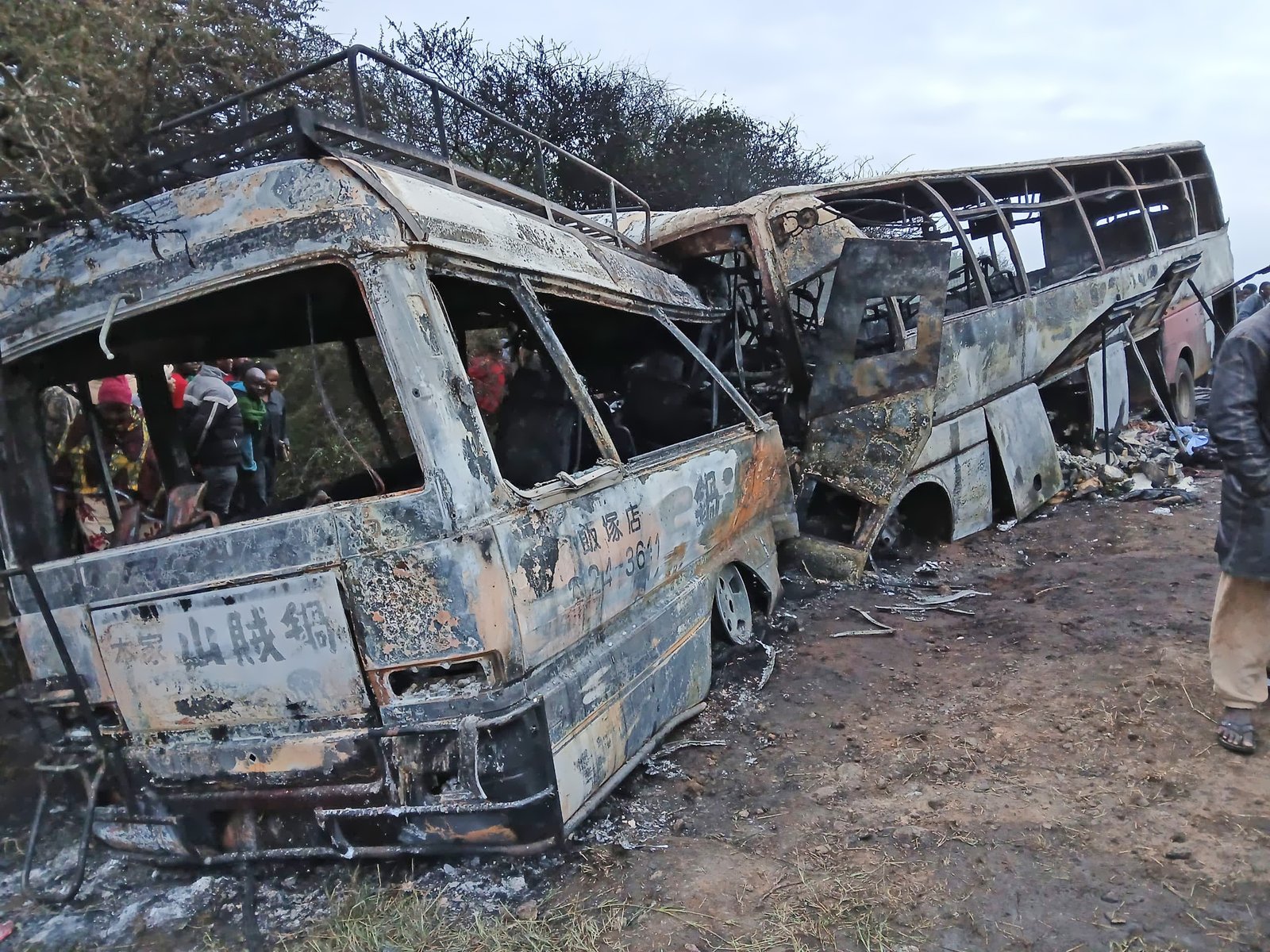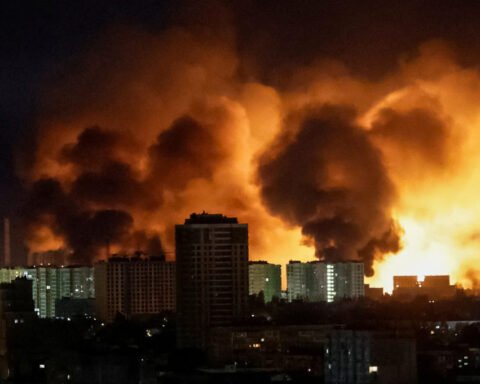A somber effort is underway in the Kilimanjaro Region as families wait for answers following a devastating road crash that killed at least 38 people in Same District last Saturday.
The tragic incident, involving a head-on collision between two passenger vehicles that immediately erupted into flames, has left the nation mourning and questioning the state of road safety in the country.
With many of the bodies burned beyond recognition, authorities have turned to advanced DNA testing to identify the victims. The process, now being coordinated in Moshi, began after samples were collected from grieving relatives earlier this week.
“We have begun the matching process. The remains will only be released to families after confirmation through DNA,” said Kilimanjaro Regional Commissioner Nurdin Babu during a press briefing. “We understand the pain these families are facing. This is a national tragedy.”
A Nation in Mourning
The accident has triggered emotional scenes across Same and Moshi as relatives search for closure. Some families had sent off loved ones to weddings, market errands, or school visits — unaware it would be their last goodbye. Among the deceased were teachers, children, traders, and elders — lives lost in a matter of seconds.
Rescue workers described the crash site as “unimaginable.” The two vehicles — both fully loaded — collided on a narrow stretch of road in early afternoon, resulting in an inferno that left rescue operations difficult and dangerous.
The injured were rushed to Mawenzi Regional Hospital and KCMC, where several remain in critical condition. Health officials say they’re working round the clock to offer support but have urged the public to donate blood and essentials to help meet demand.
Road Safety Under Scrutiny
This latest tragedy has ignited urgent calls for reform in Tanzania’s road safety laws. Road accidents are a major public health concern in the country, where over 3,000 people die in traffic incidents annually, according to the Tanzania Police Force and World Health Organization (WHO).
Experts attribute the high fatality rate to a combination of factors: poor vehicle maintenance, reckless driving, lack of enforcement, and outdated infrastructure. The stretch of road where the accident occurred has been flagged multiple times in the past for its sharp curves and lack of signage.
Also Read; UK to Open Satellite Diplomatic Office in Dodoma
According to WHO, traffic crashes are the leading cause of death among people aged 5 to 29 globally — a statistic that underscores the urgency of the issue, particularly in developing nations.
Forensic Science at the Forefront
The use of forensic DNA profiling in the aftermath of the crash represents a growing reliance on science in managing disasters. Tanzania has in recent years improved its forensic capabilities through cooperation with international partners and investment in laboratory infrastructure. Still, challenges remain in terms of capacity and reach.
The matching process may take several days or weeks, depending on the condition of the remains and the availability of sample matches from relatives.
The Path Forward
Religious leaders, civil society groups, and community elders have rallied around the bereaved, offering prayers, support services, and coordinated vigils. Meanwhile, calls are growing louder for the Ministry of Works and Transport to initiate thorough audits of black spots across the national highway network.
In Parliament, lawmakers have urged the government to fast-track the implementation of the National Road Safety Strategy, revise outdated traffic laws, and invest in emergency response services, especially in rural areas.






